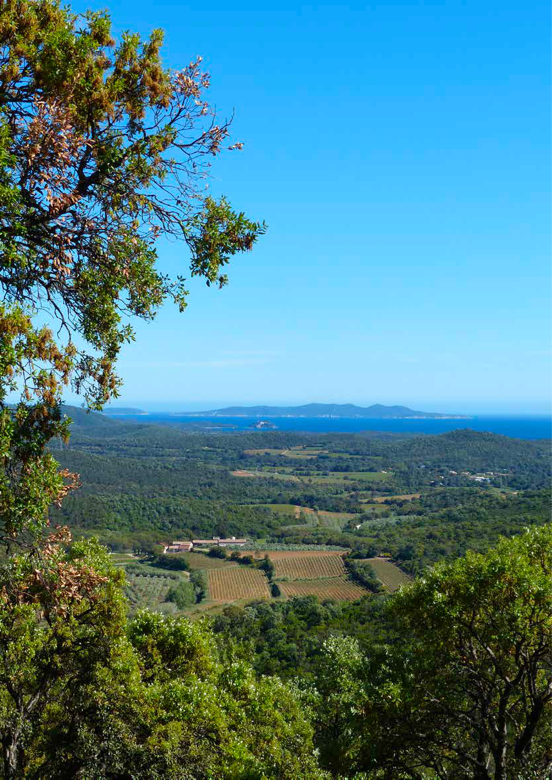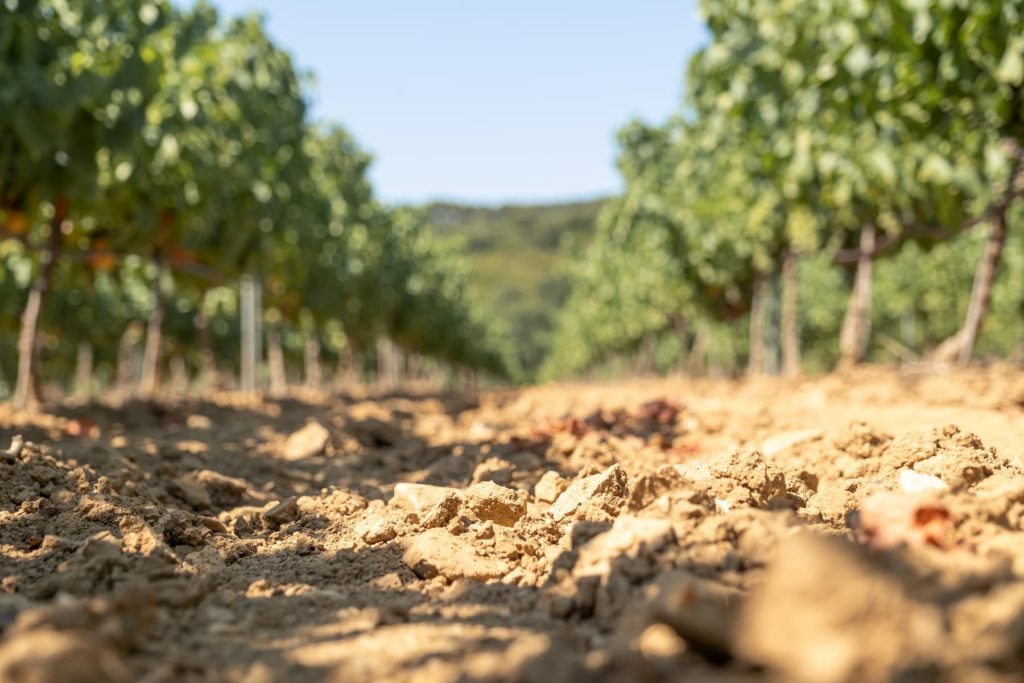Terroir
The beauty of the Côtes de Provence terroir is not just what you see in the vines but in what lies underground at root level, too. The subsoil is geologically complex and particularly conducive to wine-making. Two large geological areas coexist in Côtes de Provence: one, to the north and west, is limestone, and the other, to the south and east, is crystalline. The entire northern and western zones of Côtes de Provence are made up of alternating hills and limestone ridges sculpted by erosion. Further east, facing the sea, sit the crystalline Maures and Tanneron mountain ranges. This crystalline mass is made up in part of eruptive rocks.





